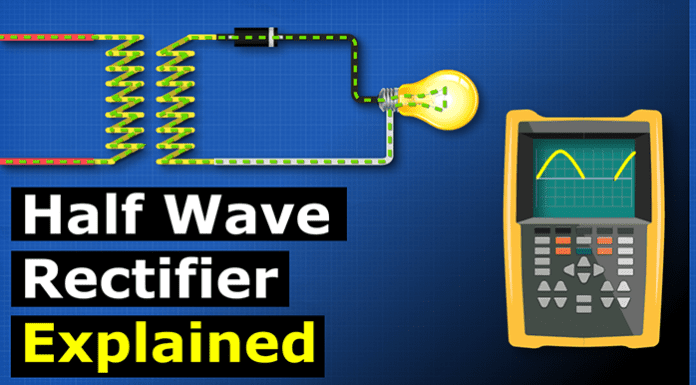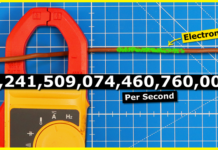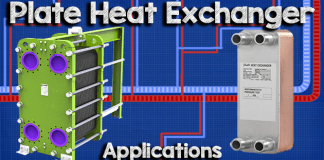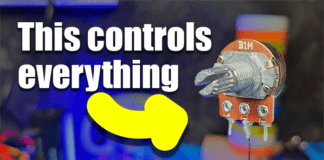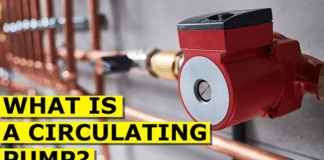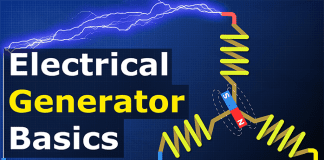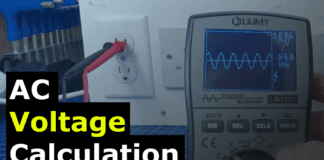Half wave rectifier explained – learn how to convert AC alternating current into DC direct current using diodes.
Scroll to the bottom to watch the YouTube tutorial
The rectifier consists of diodes. A diode is a semiconductor device which allows current to flow through it but in only one direction. So if we connect this lamp to a DC power supply, it will illuminate. We can reverse the leads and it will still illuminate. If I place a diode on the red wire and connect this to the positive, it will again illuminate.
But now when I reverse the leads, the diode blocks the current and the lamp remains off. So it only allows current to flow in one direction, and we can therefore use this to control the direction of current in a circuit to form DC electricity. Let’s see some different ways of how that is achieved.
If we looked at an AC supply with a step down transformer which simply reduces the voltage to a safer level, the electrons are flowing forwards and backwards, so the load experiences an AC sine wave. The load could be anything from a resistor, a lamp, a motor, etc. If we inserted a diode, the diode will only allow current to flow in one direction. So the load now experiences a pulsating waveform. The negative half of the sine wave is currently being blocked.
We can reverse the diode to block the positive half and only allow the negative half. This is therefore a half wave rectifier. The output is technically DC because the electrons only flow in one direction. It’s just not a very good DC output as it’s not completely flat. Here I have a resistor which is connected to a low voltage AC supplier.
We see on the oscilloscope the AC sine wave. When I connect a diode in series with this, the oscilloscope shows a pulsating pattern in the positive region. If I reverse the diode, the oscilloscope shows a pulsating pattern in the negative region. If I connect two lamps in parallel, one with a diode, we see that the one without the diode is brighter because it’s using the full waveform. The other lamp is dimmer because it’s only using half of this waveform, the diode is blocking the other half.
If we view this in slow motion, we can see that the diode connected lamp is flickering more because of the gaps in power. Therefore, we can use this for simple circuits such as lighting or perhaps charging some simple batteries. But we can’t use this for electronics as the components need constant power, otherwise they will not work correctly. We can add a capacitor in parallel with the load to improve the output. A better improvement is to use a four wave rectifier.

